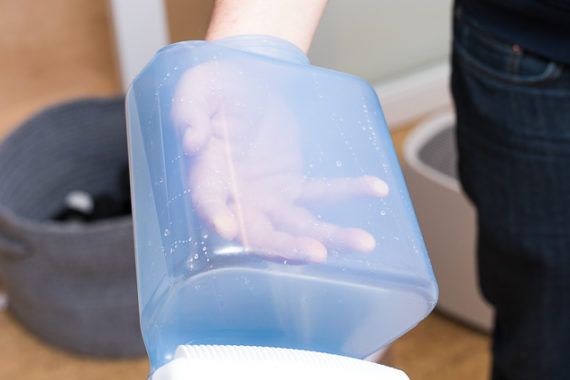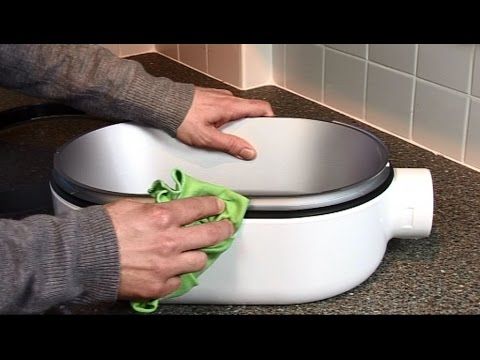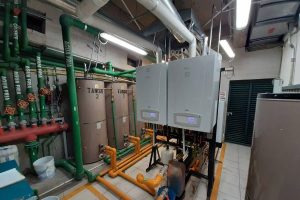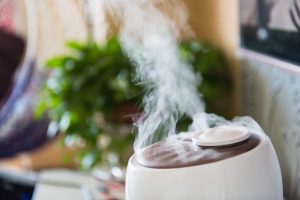Like almost any air conditioning system at home or even in the car, regular use of these devices is recommended, so that there is no risk of oxidation or other imperfections that could alter the morphology and functionality of the air conditioning or the ‘vaporizers’ themselves.
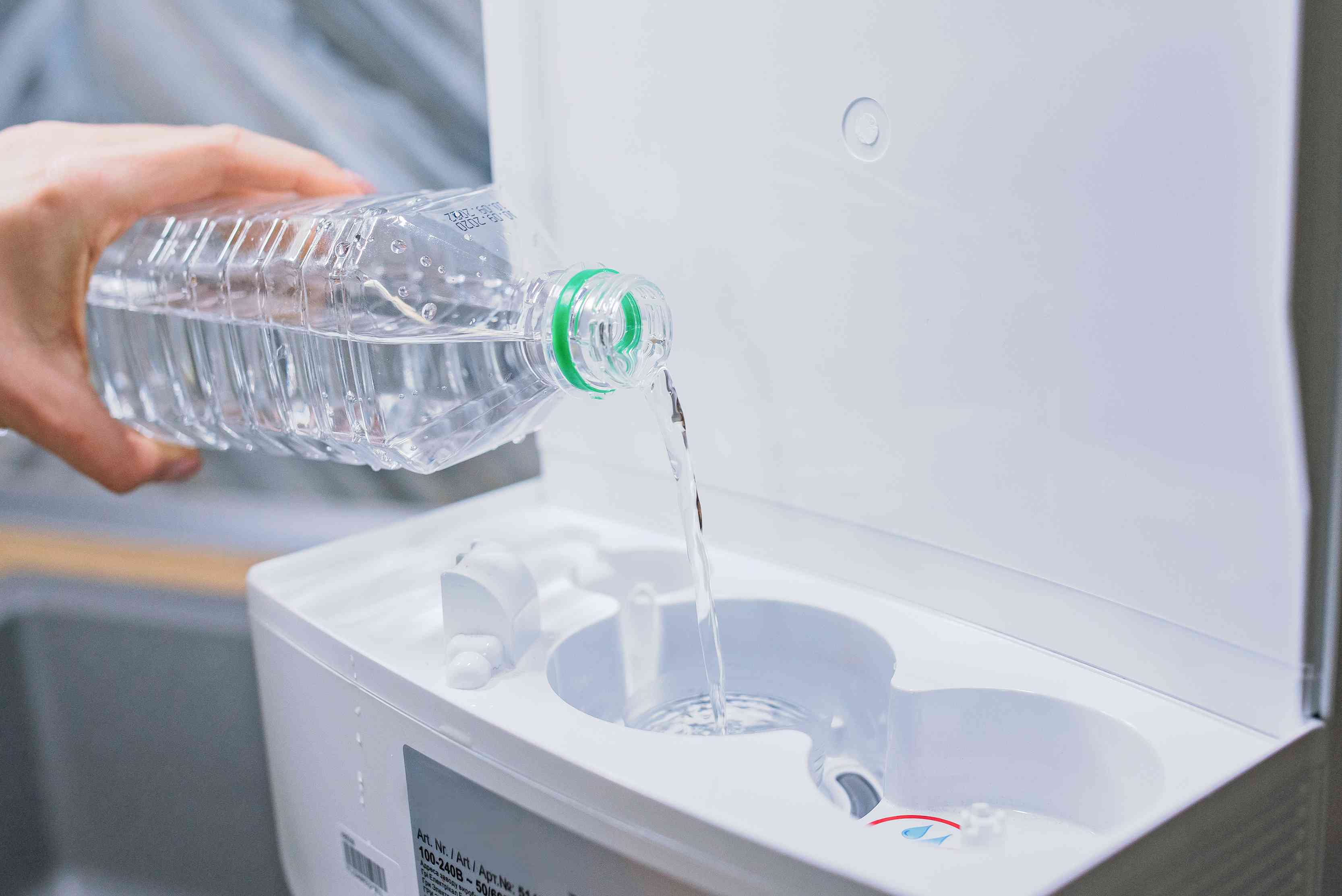
Now, in the case of humidification systems, there is the clear problem of moisture agglomeration, which also leads to the creation of undesirable microorganisms that are dangerous to people, and more so when these mechanisms are in operation. In this sense, it is important that the cleaning of these systems is always done, periodically and with thorough sanitation, to continue enjoying the beneficial humidifiers. Also, it must be understood that there is a certain difference in the cleanliness of a steam humidification system (hot or cold), compared to one that is ultrasonic.
Steps for ultrasonic humidifier cleaning
- The first thing is to make sure of supplies such as: bleach or hydrogen peroxide, white vinegar, soft brush, dry towels, gloves and protective glasses and water.
- You have to pay close attention to the manufacturer’s instructions for the correct cleaning of these

Cleaning humidifier with hand devices. Each ‘vaporiser’, depending on the brand, has its own characteristics and unique pieces, although the common denominator will always be the base and the water tank.
- We proceed to disassembling the appliance, unplugging it from the wall. Subsequently, the remaining water is discarded. We must make sure to disassemble and unblock any part of the humidification system, including the filters, since these must also be cleaned with water, and then letting them dry in the open air.
- Disinfection comes, where it is important to highlight, avoid the use of abrasives or strong chemical solutions, because in addition to the risk of damaging the humidifying device, there is also the risk that when it is put to work again, there is inhalation of those dangerous components. Knowing that, the most recommended is the use of white vinegar, a natural disinfectant and quite effective in these cases; you just have to pour this so that it covers all the areas to be cleaned and sanitized. The mechanism must be soaked, in a range of 25 to 30 minutes, but if there is a much accumulated dirt, then it can be left for a longer time, so that the dirt is completely gone.
- To ensure a thorough cleaning of the humidifier, it may be necessary to use a soft rope brush, such as those used for brushing your teeth; this is important for reaching difficult places on the device, and for

Cleaning humidifier in house removing any debris. In fact, it would be best to use it while the humidification mechanism is soaking. Now, it will have to be added to the white vinegar, to form a mixture of bleach or 3% hydrogen peroxide, depending on the preference. With a teaspoon of these products, plus 3 or 4 liters of water in the tank, stirring the mix, it would be more than enough.
- Subsequently, the tank, the base and all the other components are rinsed and dried, trying to shake very well, to discard the remaining moisture. If there is a very strong vinegar smell, then it is recommended to use more water and a few drops of tea tree oil, as many times as necessary, to eliminate the smell. The pieces can be dried in the open air, on towels.
Therefore, it is reiterated the importance of keeping the ultrasonic humidifier or of any other type, in correct conditions so that while it is working, it does not vitiate the quality of the oxygen indoors, because like an air conditioner in poor condition, any humidifying mechanism, despite its great benefits, is capable of polluting the pure air, in case they are not properly maintained, as well as their cleaning.
Breathing such polluted air leads to mild symptoms of coughing, shortness of breath, allergic outbreaks (respiratory tract or skin), asthma, even anxiety and stress. And if they are systematically exposed, the symptoms could be aggravated, leading to pulmonary clinical pictures, such as severe infections or even severe COPD.


